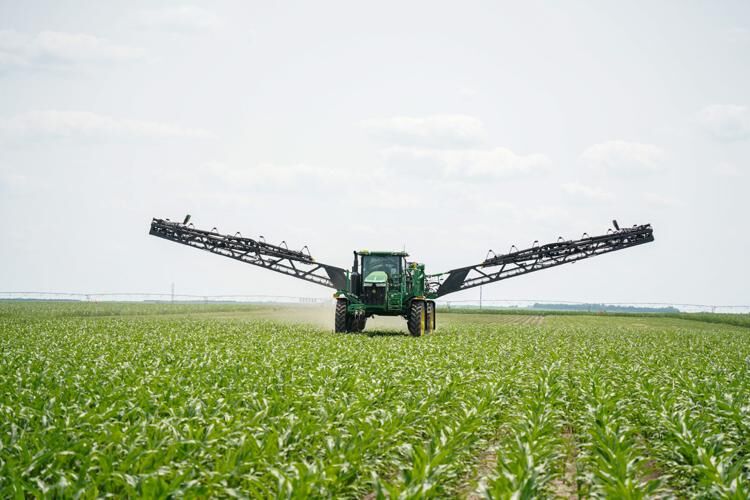No-Till Farmer editors encounter a variety of articles, social media posts, podcasts and videos that offer a unique look at the grower's world from the lofty digital realm. Here is our favorite content from the past week from across the web:
- Japanese Farmer Shares his No-Till Origin Story
- Preserving South Dakota’s Soil Health with No-Till & Cover Crops
- Benefits of Reduced Tillage and Cereal Rye in a Diverse Crop Rotation
- The 400 Bushel Challenge
- Resistant Weeds Challenge Long-Term No-Till Systems
Japanese Farmer Shares his No-Till Origin Story
No-Till Rock & Roll Legend Suichi Tokumoto joins Global Farmer Network for their Farmer Interview Series to discuss how he got started with no-till and what has happened in Japan as a result of his switch to no-till.
Preserving South Dakota’s Soil Health with No-Till & Cover Crops
In this documentary produced as a project for her master's degree program at South Dakota State University, Agweek reporter Ariana Schumacher looks into efforts to preserve and improve soil health in South Dakota, including no-till techniques, rotational grazing, cover crops and returning land to perennials and grasslands.
Benefits of Reduced Tillage and Cereal Rye in a Diverse Crop Rotation
Adding winter wheat and double crop soybean to a corn and soybean rotation with a cereal rye cover crop before soybean provides a multitude of benefits. Lowell Gentry, research agronomist and retired University of Illinois principal research specialist, shares research from Piatt County, Ill., that demonstrates the advantages of diversifying the typical corn and soybean rotation.
The 400 Bushel Challenge
Dive into the world of high-yield corn farming with Beck's Hybrids as they tackle the 400 Bushel Challenge! In this episode of "The Dig," they go behind the scenes at their 400-bushel plot to uncover the secrets to maximizing corn production.
Resistant Weeds Challenge Long-Term No-Till Systems
With more residue retained in no-till systems, wind and water erosion are reduced and more organic matter accumulates in soil. However, despite these benefits, maintaining continuous no-till has become increasingly challenging because of the lack of herbicide options for difficult-to-control and herbicide-resistant weeds, as well as issues with stratification of soil pH with increasing soil acidification near the surface, according to a Kansas State University news release. Read more here.
Is there something you want to share in "This Week"? Send us an email.







